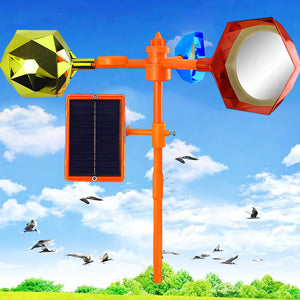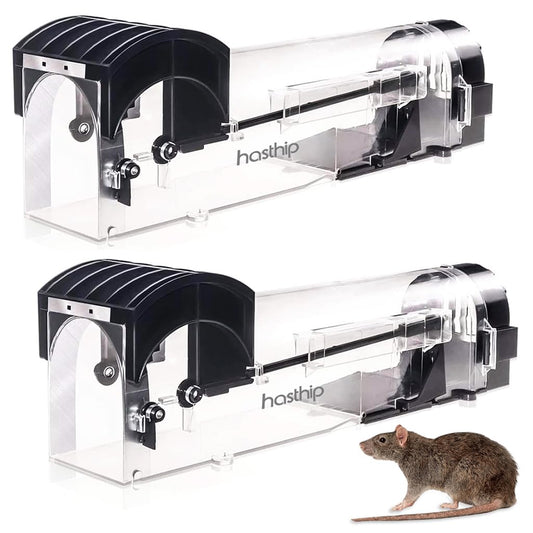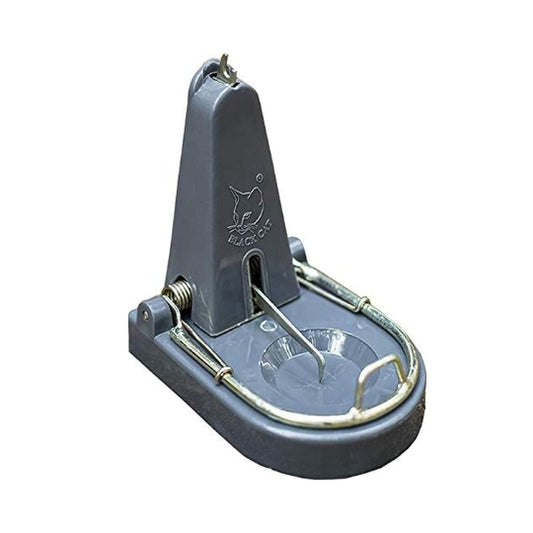
Sky Lift: Bridging the Gap between Farms and Markets with Drone-Powered Logistics for Indian Agriculture
Share
India's agricultural sector is the backbone of the nation's economy, providing employment to over 50% of the population and contributing significantly to the country's GDP. However, the sector faces numerous challenges, including logistical hurdles that hinder timely delivery of produce from farms to markets, leading to post-harvest losses and reduced nutritional value for consumers. The vast and diverse landscape of India, with its varied terrain and limited road connectivity, poses a significant challenge in connecting smallholder farmers to major markets.
The Need for Drone-Powered Logistics
In light of these challenges, drone technology emerges as a transformative solution, offering a viable alternative to traditional ground transportation methods. Drones can navigate over difficult terrain, bypassing congested roads and reaching remote areas with ease. This capability makes them particularly well-suited for connecting smallholder farmers in remote areas to larger markets, reducing post-harvest losses, and ensuring timely delivery of fresh produce to consumers.
Proposed Drone-Powered Logistics Model
To effectively utilize drone technology for agricultural logistics in India, a comprehensive model is proposed:
1. Harvest Aggregation Centers:
Establish harvest aggregation centers in strategic locations across the country to serve as collection points for produce from surrounding farms. These centers will be equipped with infrastructure for sorting, grading, and packing produce to ensure quality and consistency.
2. Drone Fleet Deployment:
Deploy a fleet of drones capable of carrying varying payloads to cater to diverse farm sizes and produce quantities. Drones will be equipped with sensors and navigation systems for precise and autonomous operation.
3. Dedicated Drone Corridors:
Establish dedicated drone corridors to ensure safe and efficient drone operations. These corridors will be mapped and regulated to minimize interference with other airspace users.
4. Cargo Delivery Hubs:
Create cargo delivery hubs at strategic locations along major transportation routes, such as highways and railway stations. These hubs will serve as transfer points for drone-delivered produce, facilitating onward transportation to larger markets.
5. Market Linkages:
Establish strong linkages between harvest aggregation centers, cargo delivery hubs, and major markets to ensure smooth and efficient movement of produce.
6. Real-Time Monitoring and Tracking:
Implement a real-time monitoring and tracking system to track the movement of drones and their cargo, ensuring transparency and accountability throughout the logistics process.
7. Farmer Training and Education:
Provide comprehensive training and education to farmers on the use of drone technology for agricultural logistics, empowering them to effectively utilize this new tool.
8. Regulatory Framework:
Develop a robust regulatory framework to govern the operation of drones in the agricultural sector, ensuring safety, security, and compliance with aviation regulations.
Impact of Drone-Powered Logistics
The implementation of drone-powered logistics for Indian agriculture will have a transformative impact on the sector, bringing about numerous benefits:
1. Reduced Post-Harvest Losses:
Timely delivery of produce from farms to markets will significantly reduce post-harvest losses, which currently account for a staggering 30-40% of India's agricultural output.
2. Improved Nutritional Value:
Fresh produce delivered directly from farms to consumers will retain its nutritional value, ensuring better health outcomes for the population.
3. Enhanced Market Access for Farmers:
Smallholder farmers will gain access to larger markets, expanding their reach and improving their income-generating potential.
4. Reduced Carbon Footprint:
Drone-powered logistics will reduce reliance on traditional, fuel-intensive transportation methods, contributing to a greener and more sustainable agricultural sector.
Conclusion
Drone-powered logistics presents a game-changing opportunity to revolutionize India's agricultural sector, bridging the gap between farms and markets, empowering farmers, and enhancing food security for the nation. By embracing this innovative technology, India can transform its agricultural landscape, ensuring sustainable growth and prosperity for the sector and its stakeholders.















